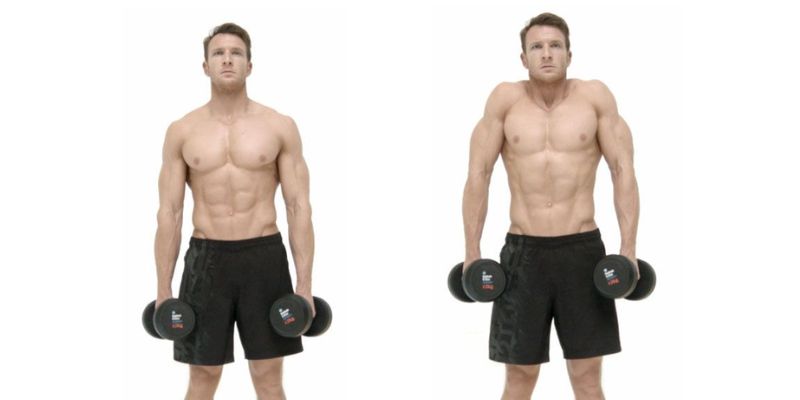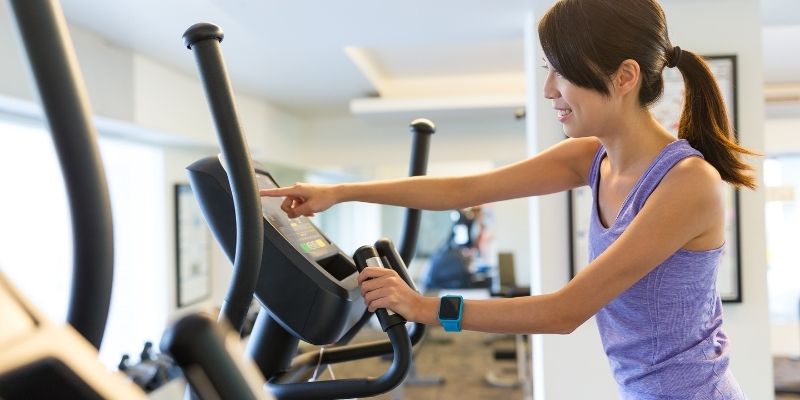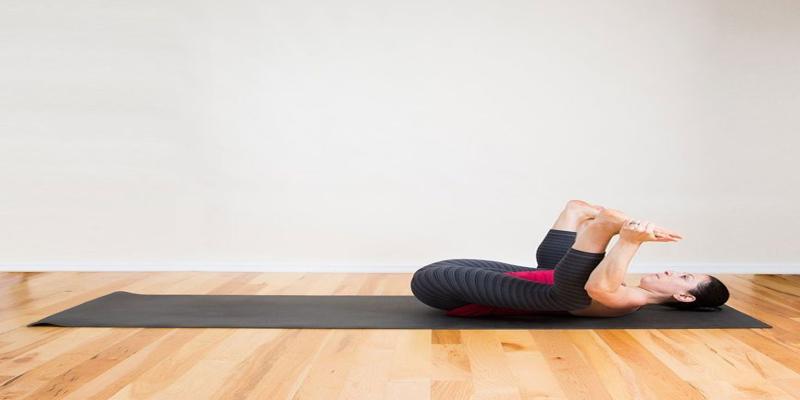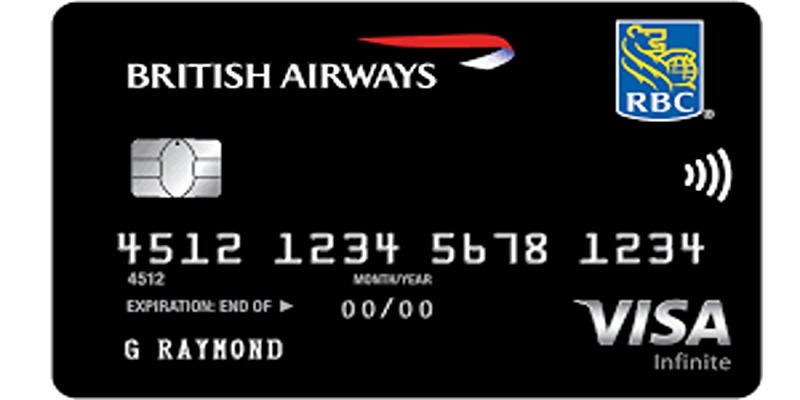A collection of muscles and tendons known as the rotator cuff is essential to shoulder stability and movement. Knowing how to strengthen your rotator cuff is crucial whether you are an athlete, fitness enthusiast, or someone trying to keep your shoulders healthy. This article will discuss the best workouts to help avoid injuries and increase your rotator cuff's strength and flexibility. Let us discover the full potential of your shoulder!
Learning About the Rotator Cuff:
Comprehending the rotator cuff and its significance before beginning the workouts is critical. Four main muscles make up the rotator cuff:
- Supraspinatus: Starts the abduction of the arms.
- Infraspinatus: Helps with external rotation is the infraspinatus.
- Teres Minor: Facilitates adduction and external rotation.
- Subscapularis: The subscapularis is in charge of internal rotation.
These muscles are essential for general shoulder health because they cooperate to support the shoulder joint throughout various activities.
Causes of Rotator Cuff:
- Aging and Degeneration: As people age, their tendons and muscles naturally deteriorate, making accidents more likely.
- Improper Posture: Rounded shoulders or slouching puts more strain on the rotator cuff, increasing the chance of injury.
- High Lifting: Rotator cuff strains or tears can result from lifting high weights without the proper form or support.
- Sudden Trauma or Injury: The rotator cuff may sustain injury from falls or abrupt jerking actions, particularly in contact sports.
- Lack of Flexibility or Strength: Tight or weak shoulder muscles can make it challenging to stabilize the shoulder joint, resulting in injuries.
Benefits of Strengthening Your Rotator Cuff:
There are many benefits to strengthening your rotator cuff, such as:
- Injury Prevention: A sturdy rotator cuff helps lower the incidence of shoulder injury for athletes and anyone who performs repetitive overhead tasks.
- Better Performance: Athletes with more substantial rotator cuffs can perform better in lifting, swimming, and throwing sports.
- Improved Posture: Having strong shoulder muscles helps you maintain better posture, which lessens the pressure on your neck and back.
- Pain Reduction: Strength training can help reduce shoulder pain and discomfort from pre-existing ailments.
Best Rotator Cuff Exercises:
The following are a few of the best rotator cuff strengthening exercises:
- Rotation From the Outside Using a Resistance Band:
How to Perform:
- Affix a resistance band at waist height to a stable object.
- Hold the band with the hand that is farthest away, and stand with your side to it.
- Keep your elbow 90 degrees bent and near to your body.
- Turn your arm outward and away from your body slowly.
- Go back to where you were before.
- Three sets of 1015 repetitions on each side are the repetitions.
- Resistance Band Internal Rotation:
How to Perform:
- Face the band using the same resistance band configuration.
- Keeping your elbow at a 90-degree angle, grasp the band with your nearest hand.
- Return to the beginning after rotating your arm inside toward your body.
- Three sets of 1015 repetitions on each side are the repetitions.
- Lateral Elevation:
How to Perform:
- Hold a light dumbbell in each hand while standing with your feet shoulder-width apart.
- Lift the weights to shoulder height while keeping your elbows slightly bent.
- Reposition them at your sides.
- Three sets of ten to twelve repetitions.

- The Prone (Y) Raise:
How to Perform:
- Place your arms straight down and lie face down on a mat or bench.
- Maintaining your arms straight, raise them into a Y posture.
- At the peak, squeeze your shoulder blades together.
- Three sets of ten to fifteen repetitions.
- T-Raise Prone:
How to Perform:
- This time, elevate your arms into a T shape while maintaining the same posture as the Y rise.
- Squeeze your shoulder blades together with concentration.
- Three sets of ten to fifteen repetitions.
- Face Pulls:
How to Perform:
- On a cable machine, attach a rope to a high pulley.
- Grasp the rope with both hands while facing the machine.
- With your elbows up and your shoulder blades squeezed together, pull the rope toward your face.
- Three sets of ten to fifteen repetitions.
- Wall Angels:
How to Perform:
- Place your feet a little apart and lean your back on a wall.
- Squeeze your head, shoulders, and lower back against the wall.
- Slide your arms up into a Y after raising them into a W.
- Make sure your arms are touching the wall.
- Three sets of ten to fifteen repetitions.
- Scaption:
How to Perform:
- Hold a light dumbbell at your sides in each hand while you stand.
- At a 30-degree angle, raise the weights diagonally before you to shoulder height.
- Reposition them at your sides.
- Three sets of ten to twelve repetitions.
- Shoulder Shrugs:
How to Perform:
- Hold a dumbbell in each hand while standing with your feet shoulder-width apart.
- After raising your shoulders to your ears, bring them back down.
- Three sets of ten to fifteen repetitions.

- Swinging Pendulum:
How to Perform:
- Rest your undamaged arm on a table or bench to support your body.
- Swing your wounded arm back and forth or in tiny circles while letting it hang down.
- Time duration is one to two minutes.
Crucial Advice on Rotator Cuff Exercises:
- Warm-Up: To get your muscles and joints ready, always begin with a warm-up.
- Start light: To avoid strain, start with low weights or resistance bands and progressively increase the intensity.
- Focus on Form: Both efficacy and safety depend on proper technique. If in doubt, get advice from a qualified trainer.
- Pay Attention to Your Body: Stop the workout and see a doctor if you feel pain, not simply discomfort.
- Consistency: Try to include these workouts in your regimen twice or thrice a week at the very least.
When to Get Professional Help:
It might be time to see a doctor if you continue to have shoulder discomfort, weakness, or restricted range of motion even after performing these exercises. A physical therapist can evaluate your condition and provide a customized rehabilitation plan.
Conclusion
Maintaining shoulder health, enhancing sports performance, and avoiding injuries depend on strengthening your rotator cuff. You may improve the stability and strength of your shoulders by including the exercises listed in this article in your daily routine. Prioritize correct form and maintain consistency. Do not hesitate; begin now to strengthen your shoulders again!
Consult a physical therapist or other healthcare professional for advice on a customized approach or if you are struggling with a particular issue. Your shoulders will appreciate it!













